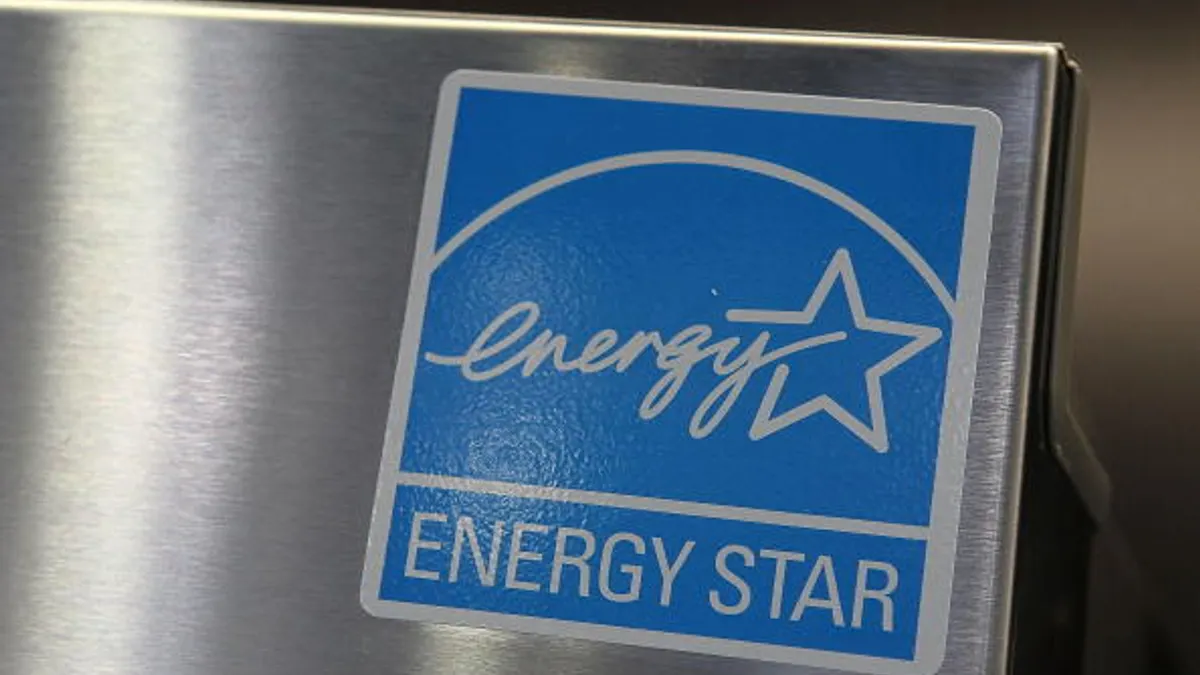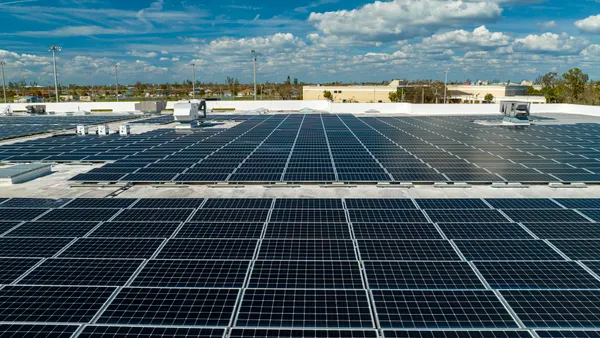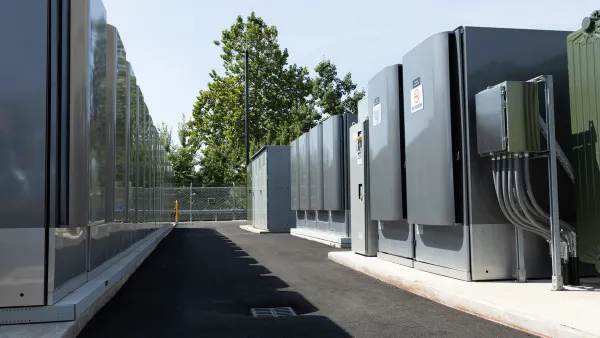The following is a contributed article by William Sierzchula, a managing consultant in Navigant's Energy practice.
In the smash-hit arcade game Frogger, an intrepid amphibian requires the proper orientation of lily pads, turtles, and logs to safely traverse a river and return home. Similarly, for battery EVs (BEVs) to successfully transition from early adopters who have private garages to urban consumers with shared parking spaces will require careful alignment of charging accessibility and cost — no small task.
Post-early adopters
To date, homeowners with private parking spots have been the primary drivers of EV adoption. However, due to their preferences and proximity to destinations, urban residents represent a promising group of potential EV buyers for a second, larger, adoption wave.
While early adopters could install charging infrastructure (also known as EV supply equipment (EVSE)) in their personal garages, many second-generation EV buyers will not have that option because they park overnight in shared lots. Since a BEV's value proposition declines substantially without reliable access to charging, firms will need to figure out a new EVSE solution to appeal to this important group of potential buyers.
Further complicating the situation, the transition from early to majority adopters requires a shift in preferences.
Early adopters are generally willing to endure pain and hardship with new technologies. For EVs, that has entailed limited charging infrastructure, forcing many owners to take "the long-way home" to access a charging station.
The second wave of adopters are unlikely to be so accommodating and will insist on both affordable and flexible charging.
Early adopter charging behavior
The Idaho National Laboratory's (INL's) EV Project analysis (from the early 2010s) found that individual plug-in EV owners conducted more than 85% of their charging at their residence. Furthermore, half of project participants exclusively relied on home charging.
Since INL's report was published, home charging has continued to dominate EVSE installations. According to the International Energy Agency, private charging accounted for 90% of charging points installed in 2018. Confirming these results, a 2018 Navigant survey found that 87% of BEV owners charged at their primary residence.
These results suggest most BEV owners heavily depend on EVSE installed in private garages; consequently, there is a lack of reliable and convenient charging outside their homes. Accordingly, 69% of respondents said they were "concerned" or "very concerned" regarding EV charging availability.
This implies firms have not yet found appealing charging options to attract EV owners who do not have a private parking spot.
Pilot projects
According to Greenlots CEO Brett Hauser, public charging stations are not profitable right now. Companies trying to open the urban BEV market have the unenviable task of investing in largely uneconomical charging infrastructure, yet that is what many are attempting to do.
On the industry side, firms are conducting pilot projects to determine which solutions provide the right combination of flexibility and ease-of-use to encourage urban dwellers without private garages to adopt an EV. To address this infrastructure/customer mismatch, firms are seeking to develop new solutions for overnight charging in urban environments.
For example, ubitricity offers affordable outlets that can be installed in garages or used with existing infrastructure such as street lamps.
Companies such as Chargery and FreeWire have taken a different approach to urban charging by providing mobile charging systems. Their business model is based on bringing charging infrastructure to vehicles via a bike or van. These batteries on wheels avoid costly infrastructure but require bringing charging systems to the EVs, as well as manually plugging and unplugging.
In between the wheeled batteries of Chargery and the stationary common ones, some companies (such as ABB and EVgo) have deployed temporary chargers to test deployment sites and meet peak demand relating to events or seasons.
Charging firms need to provide inexpensive, flexible charging solutions that allow EV owners to recharge their vehicles. Although some future multi-unit garages could include ports at every parking space, the cost of this approach would likely be prohibitive and limited to high-end construction.
Policymakers have tried to achieve measurable results for urban charging access through new regulation. England's Department for Transport proposes builders include EVSE in all new-build homes with a dedicated parking spot.
If passed, this policy would greatly improve access for new homes. However, it would still leave most existing homes, the vast majority of housing stock, without ready access to charging. It also risks angering homebuyers who would have to pay for accessible charging regardless of their interest in owning a BEV.
Lining up the logs and turtle shells
Like early BEV adopters, the second-generation of consumers will want to charge their vehicles in locations where they are parked for extended periods of time — home, work and transit stations.
However, most of the new generation of urban BEV owners will not have a private parking spot where they could install their own EVSE. So, firms are attempting to develop new charging solutions.
On first, even second glance, initial efforts such as plugging into lamp posts or physically bringing batteries to vehicles seem unlikely to scale. However, they will provide firms valuable information regarding charging behavior.
The rewards, both environmental and financial, are substantial for companies that figure out how to provide reliable, cost-effective charging in public parking garages.













